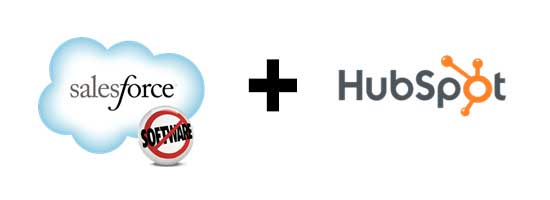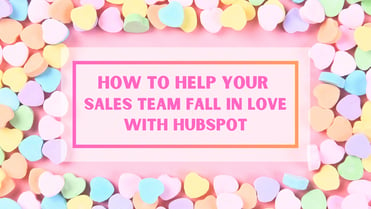
For many companies that run Salesforce, they know the power it gives to their salespeople and management in terms of having more visibility into the sales process. You can track deals across the company, work in groups on proposals, and forecast quarterly sales numbers. Using the Hubspot Salesforce integration adds even greater intelligence for the entire company, and keeps track of your leads inbetween calls and visits.
Better Intelligence
Combining the two systems offers better lead intelligence for your sales team. After you call a lead, it's good to know if they go onto your website and download a whitepaper. Or if they see a tweet that influences them. Or if they read an article on your website. This type of information is beneficial for crafting the topics for your next call.
With Hubspot, you can see how your leads continue to interact with your website and social media when you aren't around. If they start to look around on your website and download things, you’ll be able to see that. Savvy salespeople can even see what they looked at and work in those topics into their next call.
Closed Loop Marketing
The Hubspot-Salesforce integration also means that your marketing department can track campaign effectiveness all the way to the point of sale and beyond. This is what's called closed-loop marketing, and it's considered the holy grail of information for sales and marketing departments. Knowing whether marketing activities are delivering the type of leads you want is crucial for effective lead-generation campaigns. Plus an understanding of which materials make people want to buy can better inform your sales process and speed it up.
As you become more aware of this, parts of the process can be automated to move people through the funnel faster. Using sales rep’s knowledge of customers to create content around frequent questions, you can begin to address customer’s concerns before they are even raised.
Two-way syncing
Finally, since the systems keep their information in sync, the marketing team can help send out email campaigns and other offers at those who are closest to closing, without the sales team having to send over a list or compile information. They can see who's close to a sale, who's interacted with marketing materials since the last call, or who's downloaded a specific whitepaper, and tailor special emails or offers towards them.
You can also see who’s read an email most recently, who’s currently in a lead nurturing campaign, and who’s visiting the website frequently. By pulling all of this information together, you can have up-to-date knowledge of exactly what your leads have been up to, what’s piquing their interest, and what’s on their mind. Pretty powerful stuff for most salespeople.
All Together, Now
Combining Salesforce and Hubspot means that your sales and marketing teams can get the full benefit of the data that both produce. Connecting the two systems together means that leads generated from marketing get sent right into salesforce, and that people getting called on can be put into lead nurturing campaigns. Plus, you can see exactly what the end result of every campaign is.
Thinking about how you could be combining your marketing and sales intelligence into one place? Click below to talk to use about CRM integrations, and ways that Hubspot can help make your sales team more efficient.





